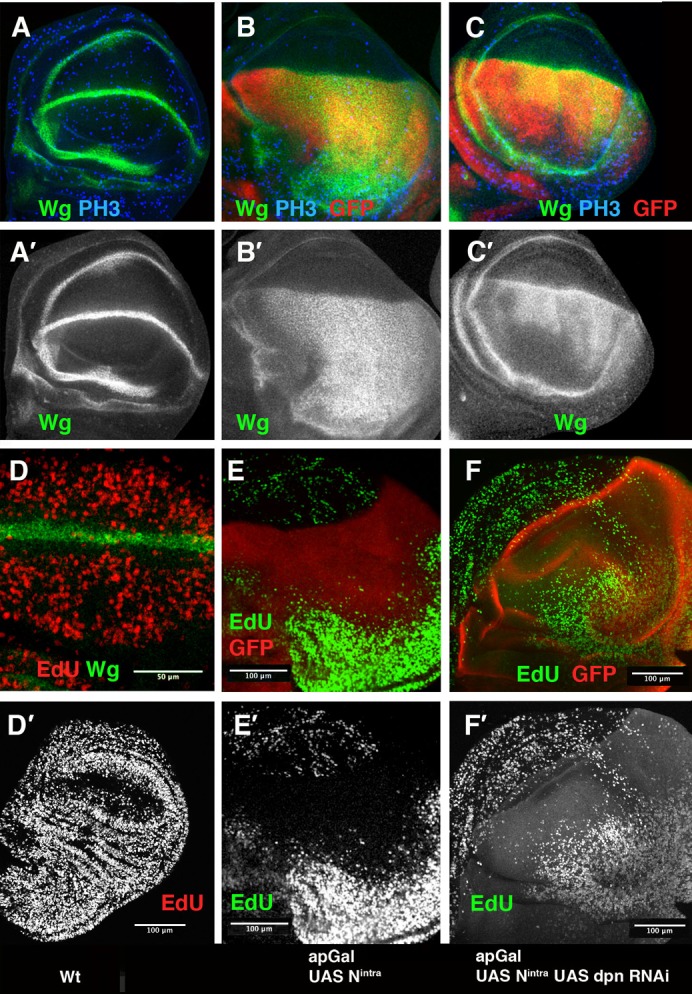Fig. 4. The down-regulation of dpn partially suppressed the effects caused by the ectopic expression of Nintra.

(A–F) Third instar larval wing discs stained with anti-Wg (in green in A–D, and grey in A′–C′), anti-PH3 (in blue A–C) and EdU incorporation (red in D, green E,F and grey in D′–F′). (A,A′,D,D′) Wild type discs. (B,B′,E,E′) ap-Gal4/UAS-Nintra; UAS-GFP/+ discs. (C,C′,F,F′) ap-Gal4/UAS-Nintra; UAS-dpnRNAi/UAS-GFP discs. In all panels, the expression of GFP driven by ap-Gal4 is shown in red. The ectopic expression of Nintra, under the regulation of ap, induces high levels of Wg (green) throughout the dorsal compartment (B,B′) compared with the control (A,A′). In ap-Gal4/UAS-Nintra; UAS-dpnRNAi/UAS -GFP wing discs, this effect was partially suppressed (C,C′ compared with B,B′). (D) High magnification of the ZNC in a wild type disc, the expression of Wg is shown in green. The incorporation of EdU (red) is reduced in the wing margin. (E,E′) The ZNC, monitored by EdU incorporation, was expanded in ap-Gal4/UAS-Nintra; UAS-GFP/+ discs (E compared with the control D), although in the hinge region the number of cells that incorporate EdU was increased (F,F′) The down-regulation of dpn in ap-Gal4/UAS-Nintra; UAS-dpnRNAi/UAS-GFP discs partially suppressed this effect and the extension of the ZNC was reduced (F,F′).
